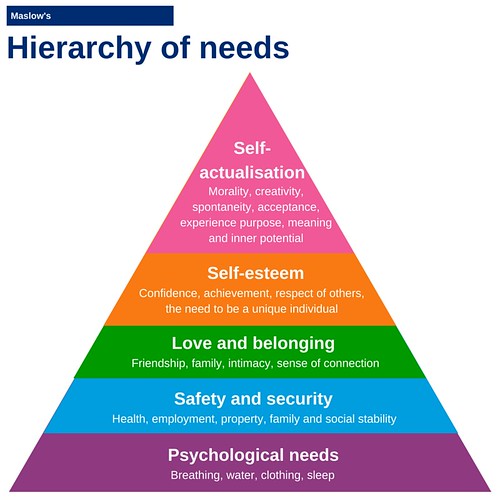15th June 2015
When I first started working with women nearly 20 years ago, we didn’t talk about a risk-led approach. That isn’t to say we weren’t making decisions based on risk, we were – all the time. With only so many hours in the day, and lots of women needing our help, we made choices about who to call, which partners to involve, who needed extra support, whether to share information or not and so on.
We came from a place of wanting to empower women and make sure they stayed in control of their lives and their information. We still do, I hope.
We went to bed on a Friday night, hoping we had made the right decisions. Hoping that the incredible women we had met that week would be safe. And sometimes we got it wrong, and something bad happened.
As a domestic abuse worker you live with this reality. But, my God, that’s easier when you have some evidence to back up your decisions and it isn’t all just based on your gut feeling. That’s why I still stand by a risk-led approach.
Recently, I have heard people say that it was a mistake to go to a risk-led rather than needs-led approach and that, with hindsight, victims’ needs are getting missed.
This seems to me like a misunderstanding of the risk-led model. Our basic needs are inextricably linked to physical safety. I have trained Idvas for years using the concept of Maslow’s hierarchy of needs because it explains it so clearly:

Maslow suggested that you have to work your way up the pyramid and we are all motivated to do this. But the catch is that you can’t move up until you have met all the needs below.
So, to me, the risk-led model is just about starting on the bottom rungs. And the further down the pyramid you start, the more help you might need because these aren’t things you can go without.
My partner is a youth worker. He points out that if a young person comes in and says they have been told they will be evicted today because their housing benefit hasn’t been paid, the worker rings the housing benefit office for them. Quickly. Later on, they will work with them to develop the skills necessary so that they can fix this stuff themselves. But, right now, that young person needs to be warm and dry tonight.
It isn’t either advocacy or empowerment. It is one step at a time.
At North Devon Women’s Aid, we developed a programme from the US called Pattern Changing, which was about empowering women to achieve the top rungs of the pyramid. I don’t think we will ever really stop domestic abuse until we can offer something like this more widely – to help victims recover after abuse and be the person they want to be. But it is also just part of the solution: women can’t join a group and focus on their needs if they are terrified when they walk to and from their car.
On my office wall I have a quote from Mahatma Gandhi: “There are people in the world so hungry, that God cannot appear to them except in the form of bread.”
There are victims of abuse who aren’t safe tonight. Victims who don’t have food and shelter for themselves and their kids tonight. We can’t meet women’s needs unless we help them get safe – starting by reducing the risk they face of being murdered or seriously harmed.
So let’s stop focussing on semantics. Let’s help women to get safe and feel safe and then let’s talk about developing their self-esteem – as part of an holistic set of interventions that don’t just stop the abuse, but help women get their lives back – on their own terms.
After all, since when did safety stop being a need?

